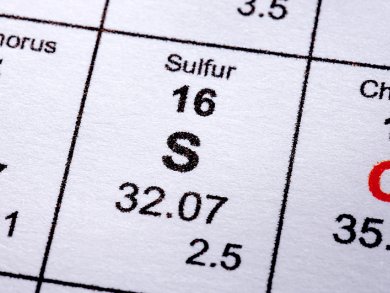Adding hetero atoms, such as nitrogen, boron and sulfur, to carbon affects its physicochemical properties potentially opening up new applications in electrode materials for catalysis or energy storage and in supercapacitors. Researchers at Chemnitz University of Technology, and colleagues at BASF and IPF Leibniz-Institut für Polymerforschung Dresden, all Germany, have used a thiophene-based twin monomer, tetra(thiophene-2-ylmethoxy)-silane, to create sulfur-doped carbon composites.
The team adds an acid as a cationic catalyst, which leads to twin polymerizations of the starting material forming a polymer–silica nanocomposite. The self-templating reaction is then converted to a doped carbon nanocomposite by a carbonization process and removal of the silica phase.
- Sulphur-doped porous carbon from a thiophene-based twin monomer,
Falko Böttger-Hiller, Alexander Mehner, Susann Anders, Lothar Kroll, Gerhard Cox, Frank Simon, Stefan Spange,
Chem. Commun. 2012.
DOI: 10.1039/C2CC35112A



